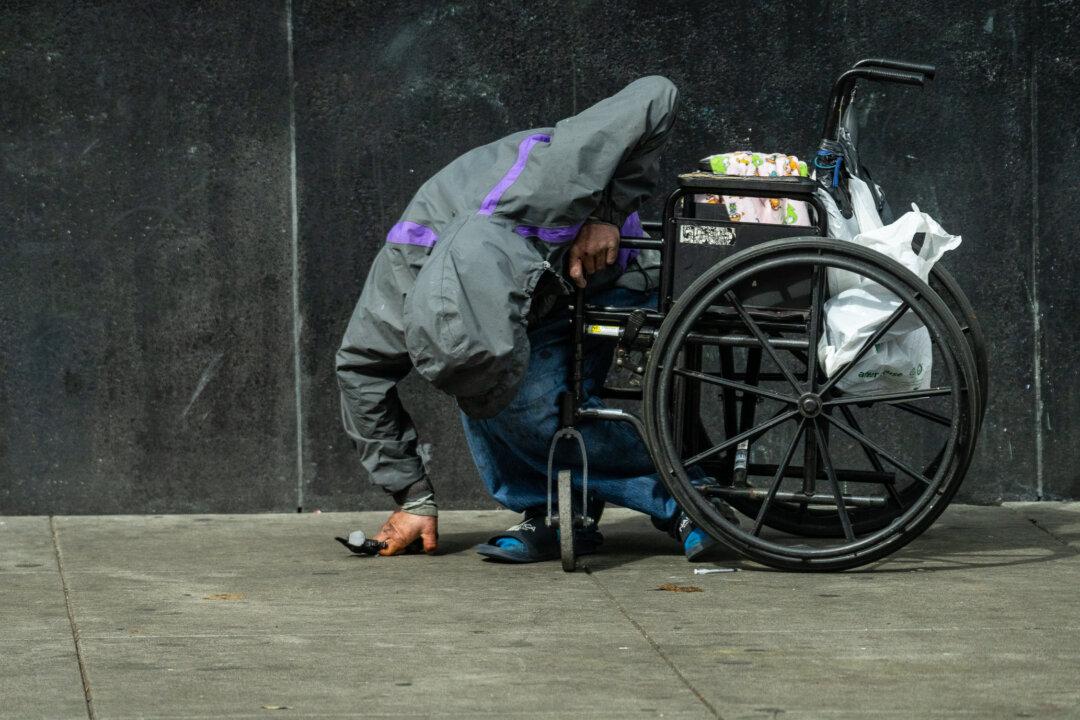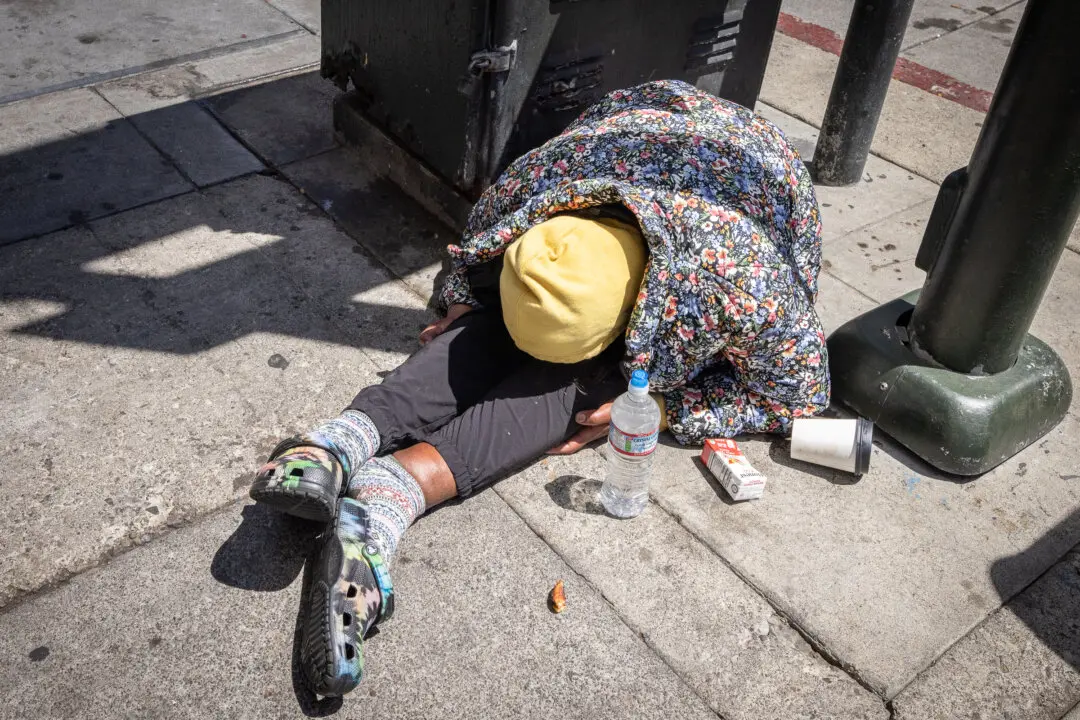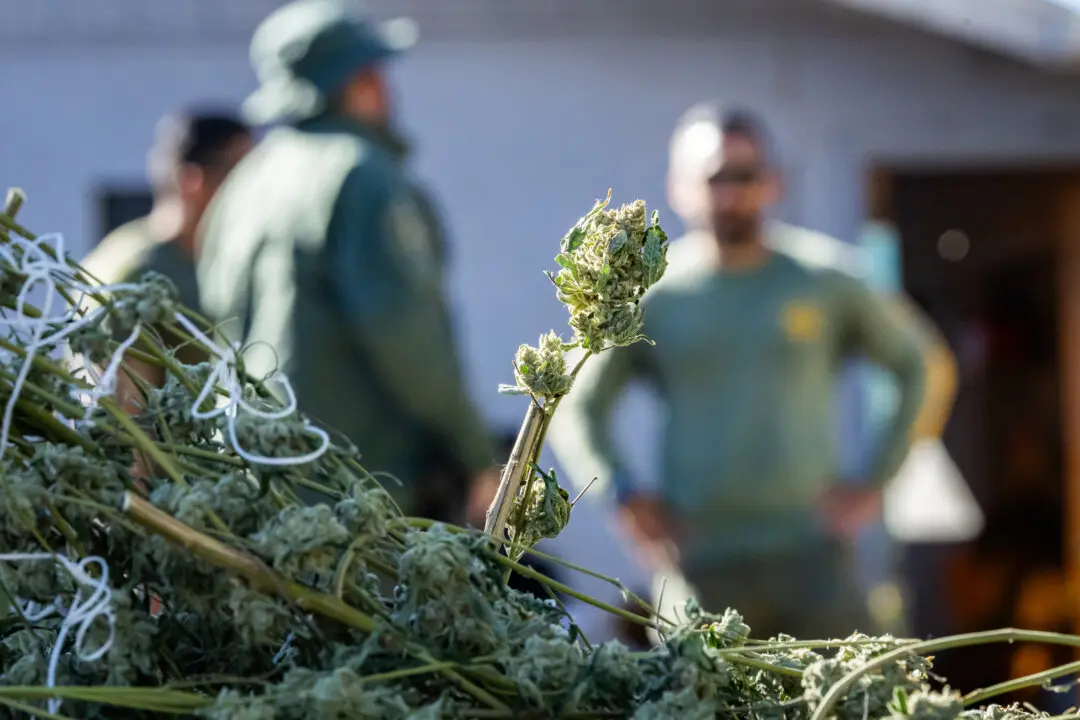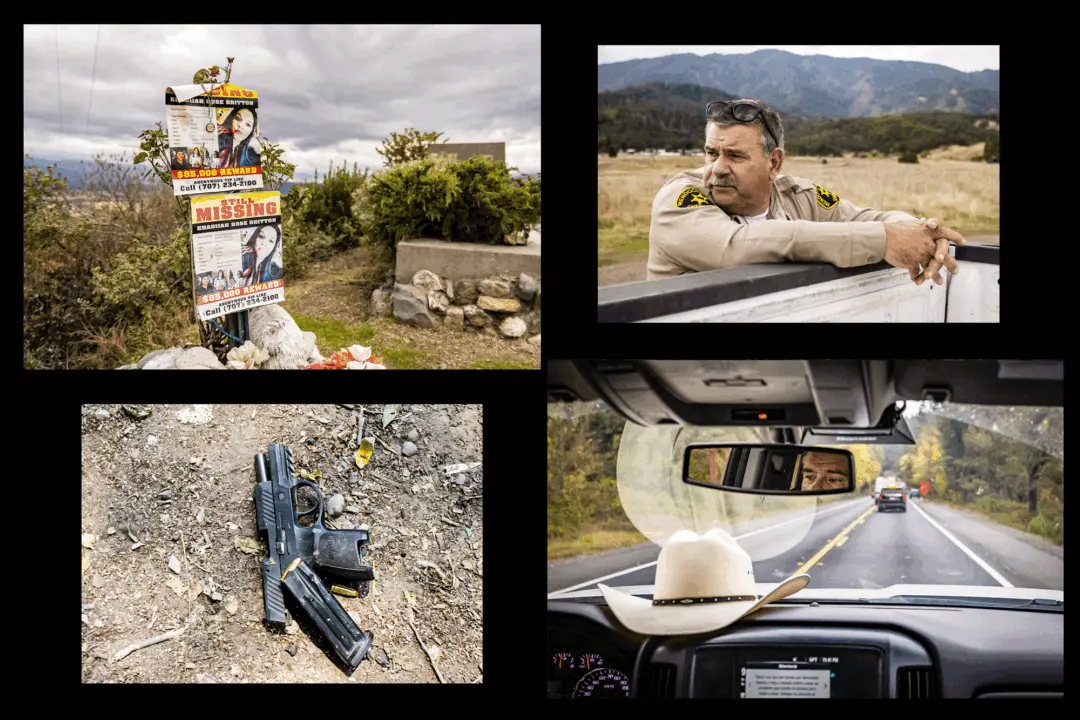SAN FRANCISCO—As JJ Smith stands in the infamous Tenderloin district on a cold, windy day in late February, he recounts the last time he saw his older brother, Rodney, alive.
That day, in early October, Rodney rode up on his bicycle and asked him for $20, he said.





